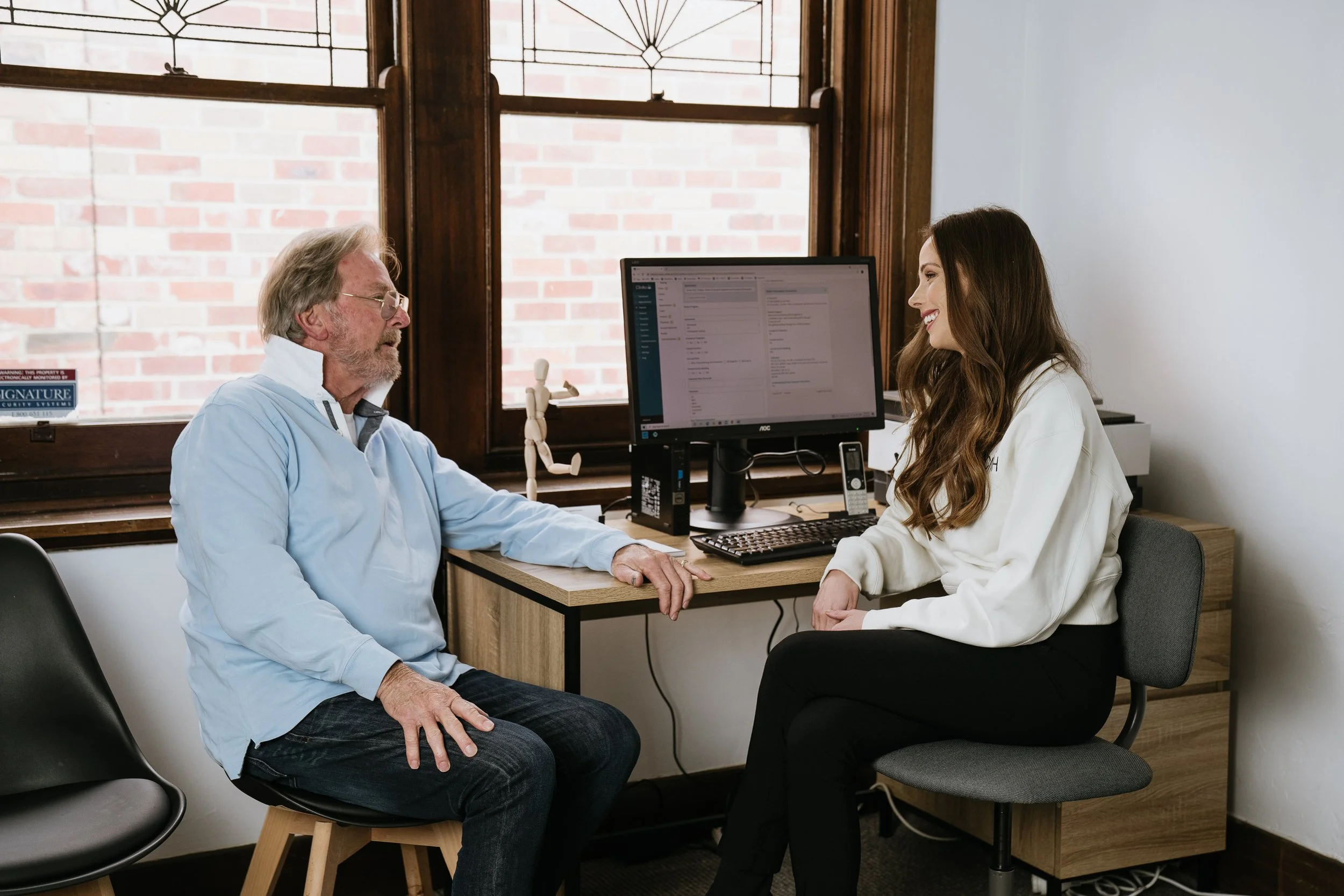Diabetes Type 1 and 2
There are three main types of Diabetes and often a lot of misunderstanding about what each one is, how they occur and treatment options available. In this blog we will go through Diabetes Type 1 and 2 and help you gain an understanding of Diabetes as an illness that affects a lot of people worldwide.
When someone has diabetes they can’t maintain healthy levels of glucose in the blood. But what does that mean?
Glucose and Insulin
When we eat foods containing carbohydrates, our body breaks these foods down into glucose, a type of sugar.
Glucose is the main source of energy for our body. In order to access the energy from glucose our pancreas makes a hormone called insulin, which is essential for the conversion of glucose into energy.
In people with diabetes, the body no longer produces or doesn't produce enough insulin. This means glucose can’t be converted into energy and the level of glucose in their blood rises, which is harmful to the body.
Type 1 Diabetes
Type 1 diabetes is an autoimmune condition in which the immune system has destroyed the cells in the pancreas which produce insulin. Unfortunately there is no cure or prevention for type 1 and it is normally diagnosed in childhood.
Because the pancreas no longer produces insulin, people will be reliant on insulin injections or an insulin pump for the rest of their lives.
Type 1 accounts for about 10% of diabetes cases. Symptoms can include excessive thirst and urination, unexplained weight loss, weakness and fatigue and blurred vision.
Type 2 Diabetes
Type 2 diabetes is a condition in which the body becomes resistant to the normal effects of insulin and gradually loses the capacity to produce enough insulin in the pancreas.
Type 2 has strong genetic risk factors and is largely impacted by lifestyle factors such as diet, exercise and weight. People may be able to significantly slow or even halt the progression with changes to diet and increasing the amount of physical activity they do.
Our dietitian, Julia, specialises in paediatric, prenatal and postnatal nutrition and is available to work with you through any questions or concerns you may be having. We're here to help. Julia is available for appointments both face to face or via telehealth, book online or call us to book a time.
If you’re after some more advice or are in need of some hands on help, we’d love to see you at Collective Motion! Collective Motion offers Osteopathy, Myotherapy, Dietetics and Pilates and is conveniently located to service our Bentleigh community as well as its surrounding suburbs including Bentleigh East, McKinnon, Ormond, Glenhuntly, Murrumbeena, Carnegie, Oakleigh, Gardenvale, Brighton East and Hampton East. Click below to book an appointment and let us help you get moving again.


